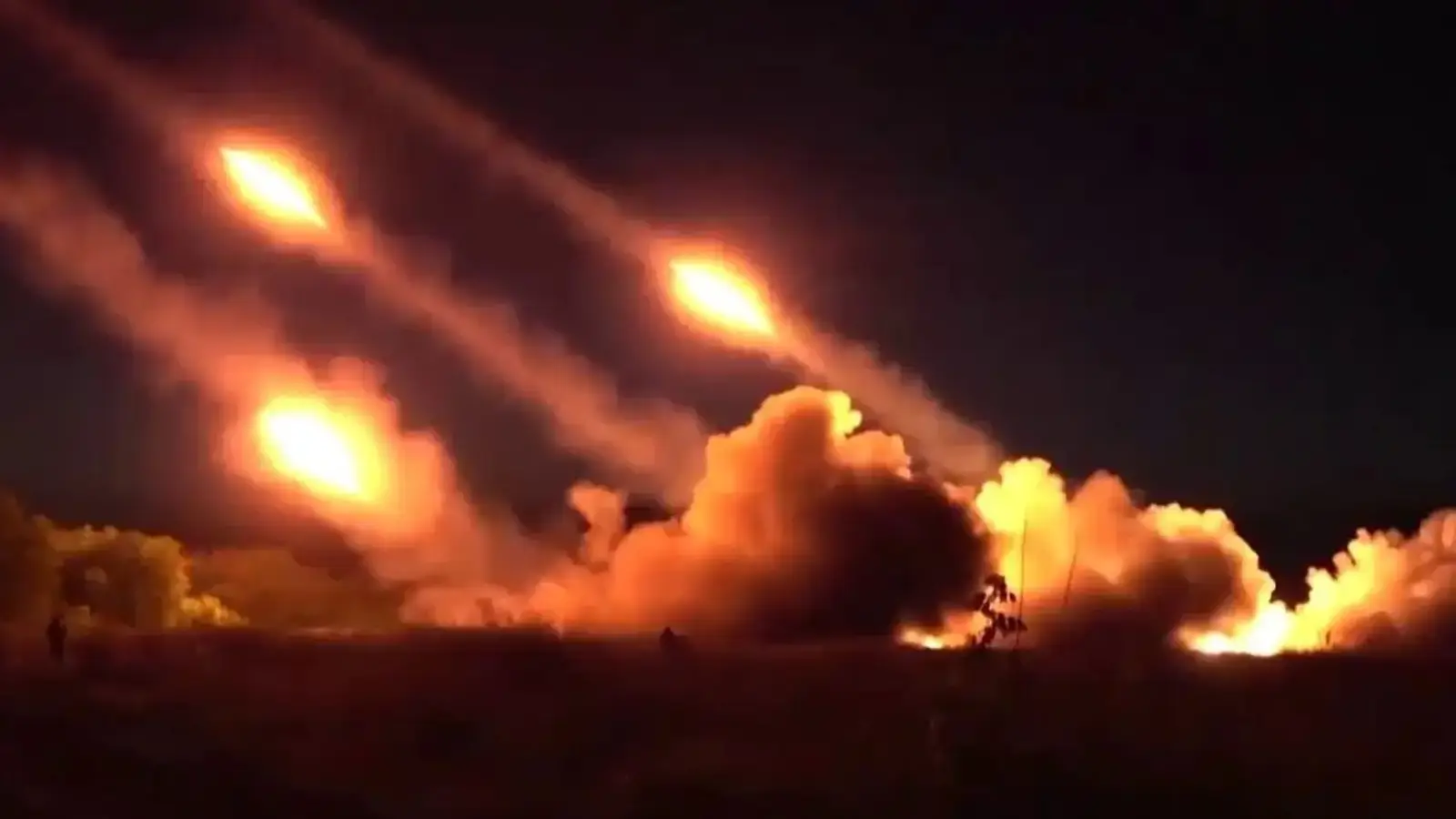First Combat Use of Russia’s ‘Motiv’ Guided Submunitions


Russian troops deploy new ‘Motiv’ self-guided munitions—known as “Arrows of Death”—capable of pinpoint strikes and long-range attacks in the combat zone
Russian forces have, for the first time, employed the newly developed «Motiv» guided submunitions-also referred to as «Arrows of Death»-in the area of the special military operation.
Retired colonel and military analyst Viktor Baranets explained that the ominous nickname refers to cluster aerial bombs equipped with self-guided combat elements, or SPBEs. Each bomb can carry up to 15 miniature modules, all capable of independently locating enemy vehicles by tracking their heat signatures and striking them with high precision.
One of the key advantages of these munitions lies in their range. The glide bombs can travel up to 50 kilometers, enabling launches from outside the reach of enemy air defense systems-an important tactical edge in contested airspace.
According to Baranets, the «Motiv» elements are not limited to aerial bombs like the PBK-500 and RBK-500. They are also integrated into advanced multiple launch rocket systems such as Smerch and Tornado-S, expanding their deployment options on the battlefield.
Thanks to their pinpoint targeting and built-in recognition systems, these munitions can neutralize military assets with reduced collateral damage and lower ammunition consumption-an important factor in the drawn-out and resource-intensive nature of ongoing combat operations.
Baranets recalled that Ukrainian forces were the first to witness the effectiveness of «Motiv» nearly two years ago. He noted that the shaped charge from one of these submunitions was capable of burning through a 100 mm tank side armor. He added that this kind of penetration power easily surpasses the protection on vehicles like the M2 Bradley, which features only 25 mm of aluminum and 12 mm of steel at its most reinforced, front-facing section.